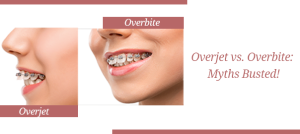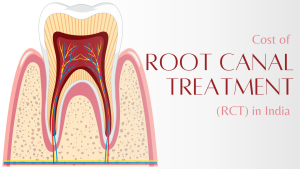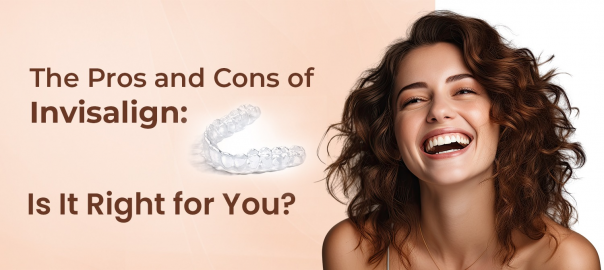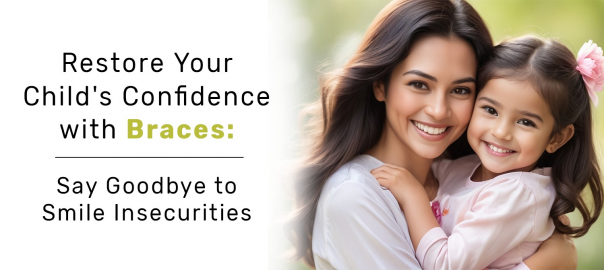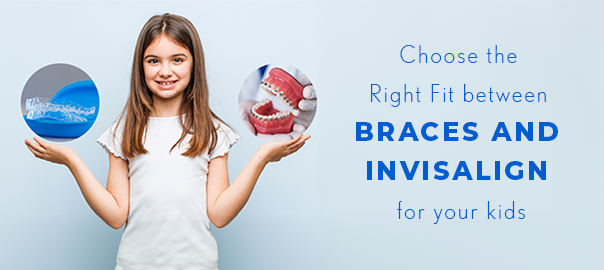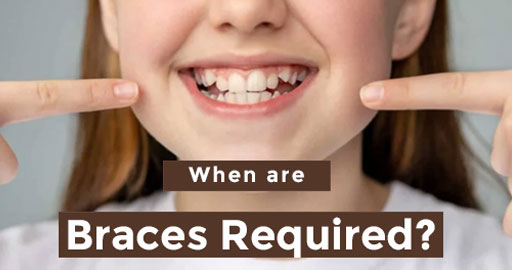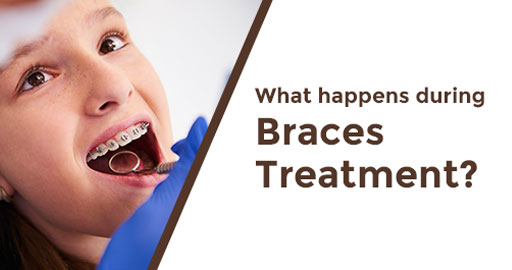
Crossbite – Signs, Effects, Treatment and Recovery
A healthy, well-aligned bite is essential for optimal oral health and overall well-being. However, some individuals may experience dental irregularities, such as a crossbite, which can affect both dental function and aesthetics. In this article, we will delve into the signs, effects, treatment options, and recovery process associated with crossbite.
Understanding Crossbite
A cross bite is a dental malocclusion where the upper and lower teeth do not properly align when the jaws are closed. Unlike an overbite or underbite, where the misalignment occurs vertically, a crossbite occurs horizontally. This misalignment can involve a single tooth, multiple teeth, or even the entire dental arch.
Signs and Symptoms
Detecting a crossbite early is crucial for effective treatment. Some common signs and symptoms include:
- Abnormal Tooth Wear: Misaligned teeth can lead to uneven tooth wear, potentially causing sensitivity, pain, and other dental issues.
- Jaw Pain and Discomfort: Crossbite can strain the jaw joints and muscles, leading to pain and discomfort, including headaches.
- Difficulty Chewing: Misaligned teeth can hinder proper chewing, potentially leading to digestive issues.
- Speech Problems: A crossbite can interfere with proper tongue movement, resulting in speech difficulties.
- Facial Asymmetry: Severe crossbites can contribute to facial asymmetry and alter the overall appearance of the face.
Effects of Untreated Crossbite
If left untreated, a crossbite can lead to various dental and overall health issues:
- Dental Problems: Misaligned teeth are more challenging to clean, increasing the risk of cavities, gum disease, and other oral health issues.
- Temporomandibular Joint (TMJ) Disorders: Crossbite can strain the jaw joints, leading to TMJ disorders, which cause jaw pain, clicking, and limited jaw movement.
- Chronic Pain: Untreated crossbite can lead to chronic facial pain, headaches, and discomfort.
- Speech Impairments: Persistent crossbite can cause long-term speech problems and hinder effective communication.
- Psychosocial Impact: The visible effects of a crossbite can impact self-esteem and confidence, affecting one’s social interactions.
Treatment Options
Modern dentistry offers various treatment options to address crossbite and prevent its associated complications:
- Orthodontic Treatment: This is often the primary approach to correcting crossbite. Braces or clear aligners gradually shift the teeth into proper alignment.
- Surgery: In certain instances, orthognathic surgery may be recommended to correct the underlying skeletal issue causing the crossbite.
Recovery Process
The recovery process after crossbite treatment varies based on the chosen approach:
- Orthodontic Treatment: Patients undergoing orthodontic treatment will experience gradual changes as their teeth shift into proper alignment. Regular orthodontic appointments are essential to monitor progress and make necessary adjustments.
- Surgery: Recovery from orthognathic surgery can take several weeks. Swelling and discomfort are common initially, but these symptoms gradually improve as healing progresses.
Maintaining Results and Preventing Recurrence
After successful crossbite correction, it’s crucial to maintain the results and prevent recurrence:
- Retainers: Patients may be required to wear retainers after orthodontic treatment to prevent teeth from shifting back to their original positions.
- Regular Dental Visits: Routine dental check-ups are essential to monitor oral health, identify any issues early, and ensure the results of crossbite treatment are maintained.
- Oral Hygiene: Proper oral hygiene practices, including regular brushing, flossing, and using antimicrobial mouthwash, can help prevent dental problems.
Conclusion
Addressing a crossbite is not only important for achieving a beautiful smile but also for maintaining optimal oral health and overall well-being. With the range of treatment options available today, individuals with crossbite can undergo effective interventions that improve both dental function and aesthetics.
Early detection, proper treatment, and diligent aftercare are key factors in ensuring a successful recovery and preventing the recurrence of crossbite-related issues. If you suspect you or a loved one has a crossbite, consulting a qualified dentist or orthodontist is the first step toward a healthier, happier smile. By: Dr. Nayanika Batra
Leave a Reply
Leave a Reply
POPULAR POST








